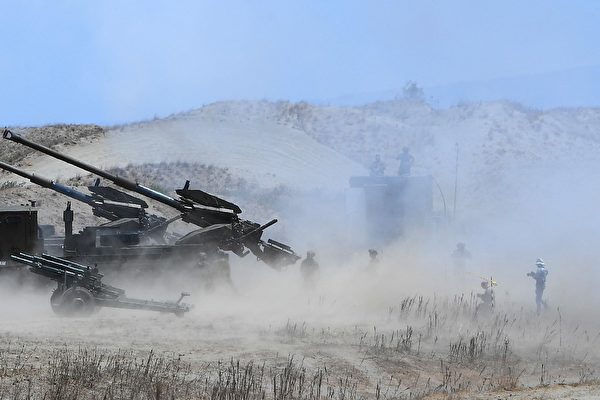With the escalating provocations of the CCP in the disputed waters of the South China Sea, the Philippines and its steadfast ally, the United States, view military cooperation as a deterrent to potential aggression from the CCP. The US is actively constructing nine American military bases, including in Santa Ana, Cagayan Province in the Philippines.
Under the Enhanced Defense Cooperation Agreement (EDCA) reached between the Philippines and the US in 2014, Manila agreed to enhance the military presence of the US in strategic areas in the Philippines.
The US has allocated over $82 million for the construction of ammunition and fuel depots, urban warfare training facilities, aircraft hangars, runway repairs, and humanitarian relief supply warehouses at the initial five EDCA sites.
President of the Philippines Ferdinand Marcos Jr. agreed last year to add four more EDCA locations for US military deployment, including the Philippine Navy base in Santa Ana and Lallo Airport.
Marcos and other Philippine officials stated that the re-deployment of US forces will strengthen the country’s external defense, assist in quicker response to natural disasters, and is not aimed at any specific country.
According to a report by Fox News on Monday, May 13, China expressed shock over the increase in US military deployments in the Philippines and other parts of Asia, suggesting that the northern EDCA sites in the Philippines could serve as a US monitoring outpost and assembling point to contain Beijing.
The coastal town of Santa Ana in the northeastern mainland of the Philippines is home to approximately 35,000 people and is known for its beaches, waterfalls, fireflies, and a few casinos.
The remote town of Santa Ana has become entangled in the geopolitical competition between Washington and Beijing due to its strategic location. It faces Taiwan, which China has long threatened to reunify by force, while the US has vowed to defend Taiwan.
Reportedly, some villagers in Santa Ana are concerned about living near the US military, with their governor Manuel Mamba strongly opposing the US presence, fearing it would make Cagayan Province a military target for China.
On the other hand, other villagers believe that the Philippines needs the US as an important counterbalance against China, which they argue has been using its military strength to threaten Manila’s territorial interests in the South China Sea.
“There is no other choice. If we compare the number of our troops with China, they have far more. If Americans are here, they will protect us no matter what,” said Romeo Asuncion, the planning and economic development officer in Santa Ana, to the Associated Press.
Some villagers admit that due to the town’s proximity to Taiwan, even without US forces, Santa Ana could be affected in any major military confrontation.
According to the AP citing Marion Miranda, a disaster relief official in Santa Ana, local authorities and village leaders recently discussed emergency plans at the military’s suggestion, including the possibility of establishing emergency shelters for refugees in case tensions between China and Taiwan escalate into armed conflict.

